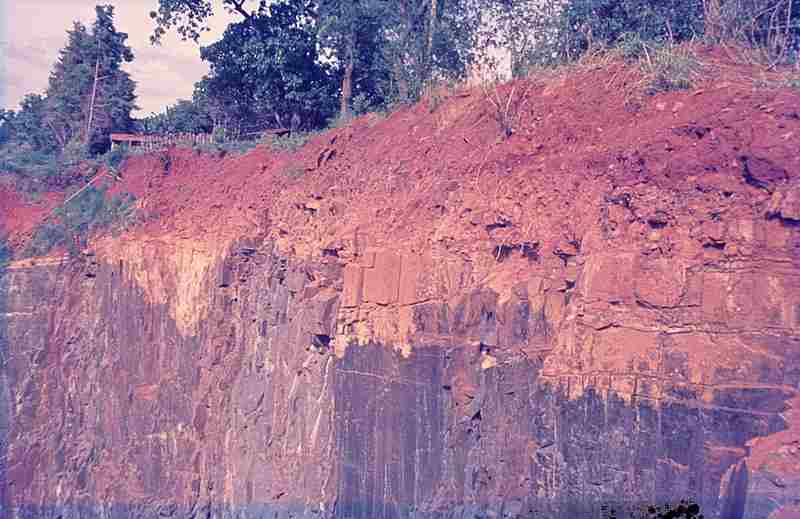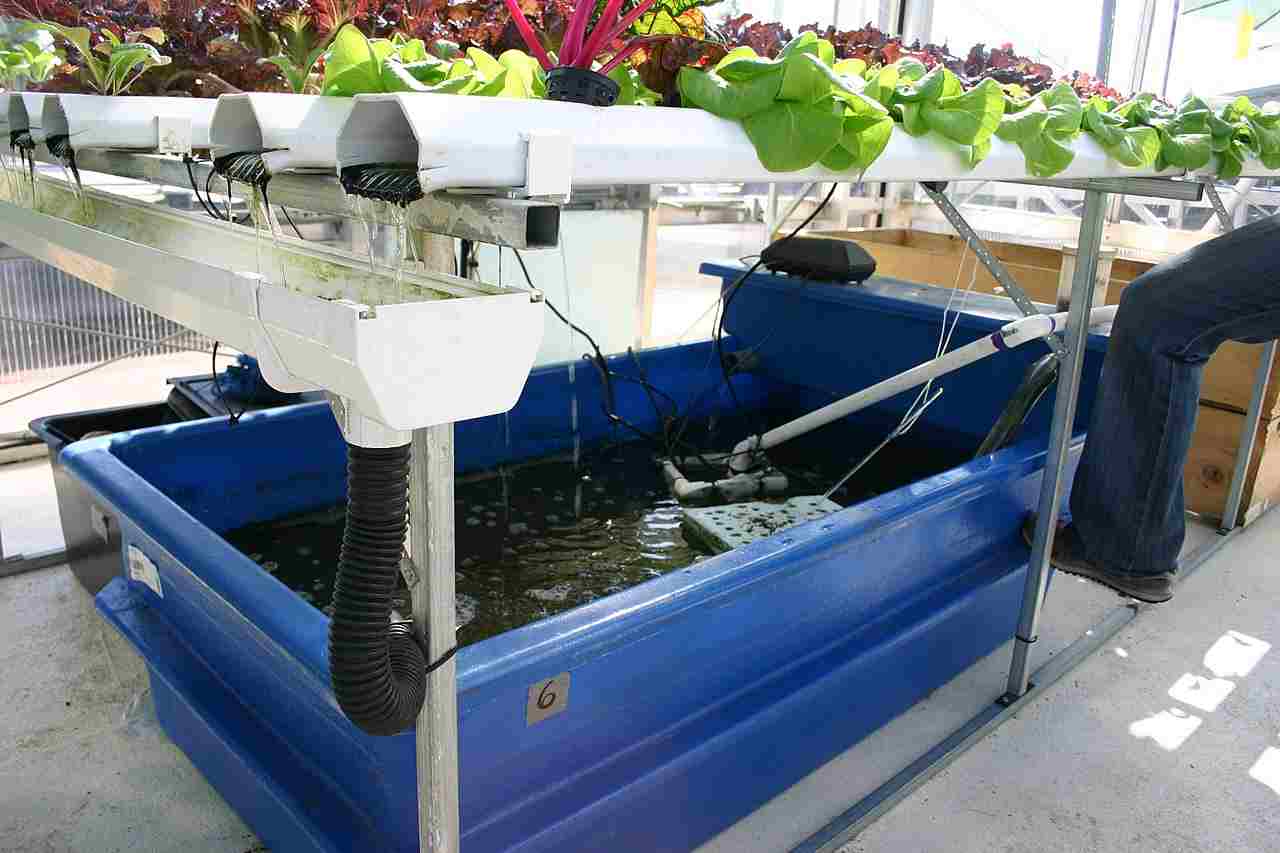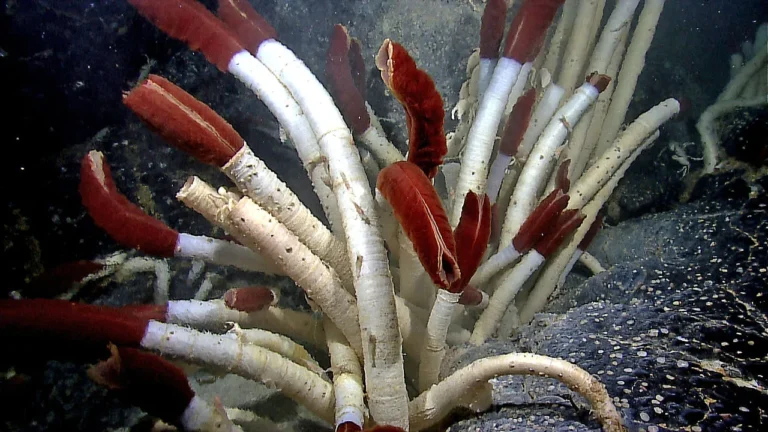5 Types of Recycling and their Characteristics Explained
Types of recycling are; mechanical, chemical, thermal, biochemical, and biological recycling.
This article discusses the types of recycling and their characteristics, as follows;
1). Mechanical Recycling (as one of the Types of Recycling)
Mechanical recycling is a type of recycling whereby the material is subjected to mostly physical or mechanical procedures, that do not necessarily involve any chemical or thermal changes.
In mechanical recycling, the goal is to re-manufacture the used or waste material. This implies that there is no need for any compositional changes, and that the subsequent use of the recycled product will be very similar to the use of the original material.
Plastic is an example of a material that can be conveniently recycled using the mechanical method [5]. Mechanical recycling is ideal for most types of plastics, although it is generally not suitable for biodegradable plastics.
The suitability of plastic is as a result of its relatively-simple composition, and its narrow range of uses (with regards to the conditions, not products, in which it is used).
Steps in mechanical recycling include collection, washing, separation, drying, grinding, re-granulation, and re-manufacturing [3].
Mechanical recycling is ideal for a circular economy, because it is not energy-demanding. Therefore, the method achieves both raw material conservation and energy conservation in a simultaneous manner. For the same reason, it is also one of the most common methods of recycling.
Lithium ion batteries can be recycled using mechanical method as well [4], although this is less common.
2). Chemical Recycling
Chemical recycling is a type or method of recycling which aims to recover raw materials from used products through procedures that cause changes in chemical composition.
The procedures involved in this type of recycling are chemical reactions. Examples of these include redox, dissolution, and depolymerization.
Depolymerization is particularly common in chemical recycling. It is applicable to plastics, and is used to decompose the polymeric chemical structure of these materials, and convert them to monumeric form.
Through depolymerization, a used material can be transformed into its component elements.
Chemical recycling is useful where there is need to use the recovered materials for purposes that differ from the use of the original material. Often, these recovered materials are re-introduced into the manufacturing supply chain and used as ingredients for the manufacture of other products.
There are links between chemical recycling and waste-to-energy conversion [6]. This is mainly because both processes involve chemical alteration of materials to yield other products.
It is also because chemical recycling can be used to produce fuels, through the depolymerization of materials made from hydrocarbon polymers. The fuels produced are not identical to conventional fuels, but can be used for heating and electricity generation, among other applications.
Chemical recycling often involves temperature changes. When these changes are significant, it is referred to as ‘thermochemical’ recycling.
3). Thermal Recycling (as one of the Types of Recycling)
Thermal recycling is a type of recycling that involves the direct application of heat to alter a used or waste material, both physically and chemically, into a desired product.
Some definitions may refer to all recycling processing involving temperature changes as thermal recycling.
The goal of thermal recycling is to convert waste into a less-hazardous, more stable, low-volume material that is useful and/or can be easily disposed. It is one of the most complex types of recycling and may vary significantly in approach depending on specific conditions.
Thermal recycling can also be used with a broad range of waste materials, including organic matter (biomass), traditional plastics, biodegradable plastics, metals and glass. For the more complex materials and conditions, an Advanced Thermal Recycling (ATR) system is used.
When used with organic waste, thermal recycling may occur in the form of biomass conversion methods like pyrolysis. Such methods use the waste as fuel to generate energy in the form of heat, while converting it to products like biochar that are useful for sustainable farming and soil conservation [2].
The heat produced during thermal recycling can be used to generate electricity by integrating heat transfer and cogeneration equipment into the recycling system.
However, the energy efficiency of this method of recycling cannot be guaranteed, due to the prospect of heat losses. As a result, it is not always an economical option.
Also, thermal recycling has often been linked to environmental degradation, especially in the form of greenhouse emissions, climate change and global warming. This is because of the risk of harmful gaseous emissions during the thermal alteration process.
As a result, thermal recycling is either replaced where possible by alternative methods, or is used in combination with environmental remediation and conservation practices.
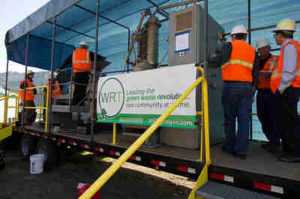
4). Biochemical Recycling
Biochemical recycling is a type of recycling which involves the use of engineered biological reactions to treat and convert waste into chemically-altered products.
The difference between this method and biological recycling is based on the human factor. Biochemical recycling involves catalyzed biological processes that are induced by humans, while biological recycling is mostly a spontaneous natural process.
Materials best suited for biochemical recycling are organic waste and sustainable, biodegradable products. Like thermal recycling, biochemical recycling has waste-to energy applications.
Examples of biochemical recycling processes include anaerobic digestion and fermentation. Products of such processes include biofuel, and residual materials like digestate which have agricultural importance [1].
In summary, biochemical recycling is ideal for energy recovery from waste. It is also ideal in cases where the waste cannot easily be converted to reusable raw materials.
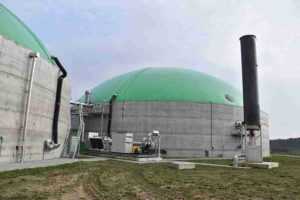
5). Biological Recycling (as one of the Types of Recycling)
Biological recycling is the natural recovery and replenishment of both biomass and bioenergy in the ecosystem.
It differs from biochemical recycling by requiring little or no human influence or interference.
Biological recycling leads to natural resource conservation, carbon capture and storage (through sequestration), energy recovery, geochemical cycling, and soil restoration.
Biological recycling also leads to spontaneous bioremediation of degraded environments over time. Through this method of recycling, pollutants like petroleum and heavy metals are returned to the environment for reuse.
Conclusion
Types of recycling are;
1. Mechanical Recycling
2. Chemical Recycling
3. Thermal Recycling
4. Biochemical Recycling
5. Biological Recycling
References
1). Alburquerque, J. A.; Fuente, C. D.; Campoy, M.; Carrasco, L.; Najera, I.; Baixauli, C.; Caravaca, F.; Roldán, A.; Cegarra, J.; Bernal, M. P. (2012). “Agricultural use of digestate for horticultural crop production and improvement of soil properties.” European Journal of Agronomy 43:119-128. Available at: https://doi.org/10.1016/j.eja.2012.06.001. (Accessed 11 September 2022).
2). Ayaz, M.; Feiziene, D.; Tilyikiene, V.; Akhtar, K.; Stulpinaitė, U.; Iqbal, R. (2021). “Biochar Role in the Sustainability of Agriculture and Environment.” Sustainability 13(3):21. Available at: https://doi.org/10.3390/su13031330. (Accessed 11 September 2022).
3). Delva, L.; Karen; Kets, V.; Kuzmanović, M.; Demets, R.; Hubo, S.; Mys, N.; Meester, S.; Ragaert, K. (2019). “AN INTRODUCTORY REVIEW MECHANICAL RECYCLING OF POLYMERS FOR DUMMIES.” Available at: https://www.researchgate.net/publication/333390524_AN_INTRODUCTORY_REVIEW_MECHANICAL_RECYCLING_OF_POLYMERS_FOR_DUMMIES. (Accessed 11 September 2022).
4). Heimes, H.; Kampker, A.; Offermanns, C.; Kreisköther, K. D.; Kwade, A.; Doose, S.; Ahuis, M.; Michalowski, P.; Michaelis, S.; Rahimzei, E.; Brückner, S.; Rottnick, K. (2021). “RECYCLING OF LITHIUM- ION BATTERIES.” Available at: https://www.researchgate.net/publication/354653006_RECYCLING_OF_LITHIUM-_ION_BATTERIES. (Accessed 11 September 2022).
5). Schyns, Z. O.; Shaver, M. P. (2020). “Mechanical Recycling of Packaging Plastics: A Review.” Macromolecular Rapid Communications 42(3):e2000415. Available at: https://doi.org/10.1002/marc.202000415. (Accessed 11 September 2022).
6). Varbanov, P. S.; Walmsley, T. G.; Klemeš, J. J.; Seferlis, P.; Fekhar, B.; Miskolczi, N.; Zsinka, V. (2020). “Fuels by Chemical Recycling of Waste Plastic and Biomass Mixture and Utilization of the Products.” Chemical Engineering Transactions 76. Available at: https://doi.org/10.3303/CET1976242. (Accessed 11 September 2022).







